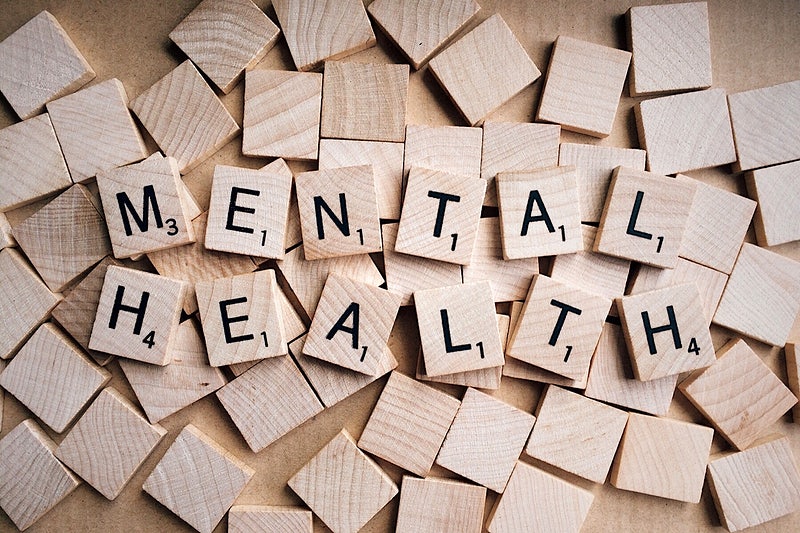As of 12:01 A.M, Oct.1, 2025, our government is officially shut down. What does this mean?
A government shutdown is “…a forced cessation of most nonessential operations and services (i.e., those that are not deemed necessary to protect national security, public health, public safety, or property) performed by a range of federal departments and agencies due to lack of funding,” according to Britannica.
Now what does this really mean?
A government shutdown typically happens (and happened this time) when there is disagreement in the budget proposed to Congress by the president on the first Monday of February. This budget is set to decide which organizations receive money to operate, and it really just gives everything and everyone government-funded funds to work and do their jobs.
The disagreement lies in the Democrats pushing to extend the efforts of the Affordable Care Act (Obamacare) expiring at the end of this year, and extend healthcare funding, while the GOP leaders explained their concerns that this was simply a temporary solution and would create a spending policy through the regular funding process. Democrats disagreed and were not budging on a bill not including their healthcare concerns.
The government shutting down does not mean the government has run out of money, it does not mean everyone in the white house goes home, it does not mean the world is on fire.
It means non-essential government personnel are sent on leave without pay, while essential government personnel are left to work without pay. This happens because their jobs require Congress to approve a federal budget for them to work. The country as a whole is affected by this, with services such as passport issuing, federal grants processing, and national park upkeep (amongst many other government-funded services) being paused or working slower than before.
Only essential government services will be working at full power. This includes stuff like Social Security, Medicare, U.S. Postal Service, and the Federal Reserve. All of these operate under laws that do not need congressional approval.
The longer the shutdown, the worse it gets. If the shutdown continues, it can begin to affect our country’s Gross Domestic Product (GDP, which basically measures how the economic status of a country is doing). The worse our GDP is, the worse our economy is doing. And the longer the shutdown, the larger our economic costs will be.
Our last government shutdown was during President Trump’s last term and lasted from December 22, 2018, to January 25th, 2019. From the 1970s to now, there have been 22 government shutdowns in history.
There has been a lot of discourse on which side is at fault for the shutdown. Many brought up clips of Donald Trump himself, saying any government shutdown is “the fault of the President” and he should “take the blame” back when Obama was president. Sept. 30, Trump said, “They are shutting it down, we’re not shutting it down. We don’t want it to be shut down,” according to USA Today.
It’s still unknown how long this shutdown will last.













